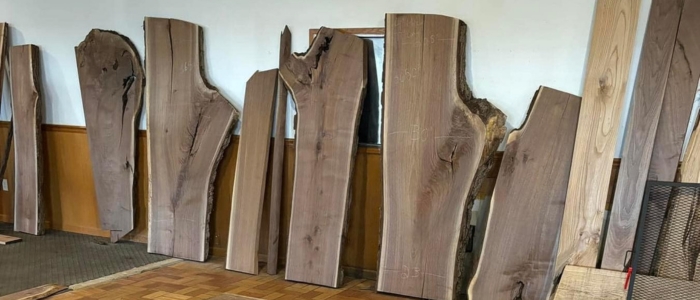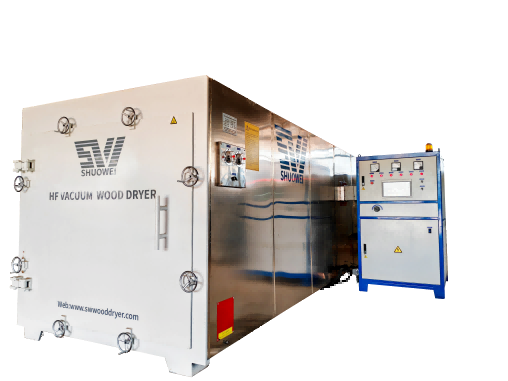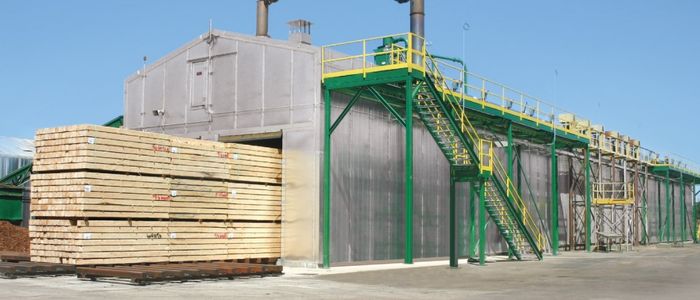
When you buy wood, you want it to be dry. You want all the moisture out of it so that it can be used in a wide range of ways.
However, drying is not always easy or quick enough when you need to get your wood ready for use right away or have to deal with larger quantities of timber.
This is where kiln drying comes into play: It’s a process that takes time, but it can save resources in the end because you aren’t burning up fuel as much during the drying process as if you were simply heating up wooden products over an open fire!
Why Wood Drying Can Be a Great Investment
Wood drying is a great investment for the following reasons:
It Can Save You Money

Wood drying helps to improve the quality of your product, which means that it will last longer and cost less over time. This can save you money on expensive items such as furniture or lumber. You might even be able to sell some of your wood dryers at a profit!
It Helps Improve The Quality Of Your Product By Making Sure All Parts Are Dried Evenly
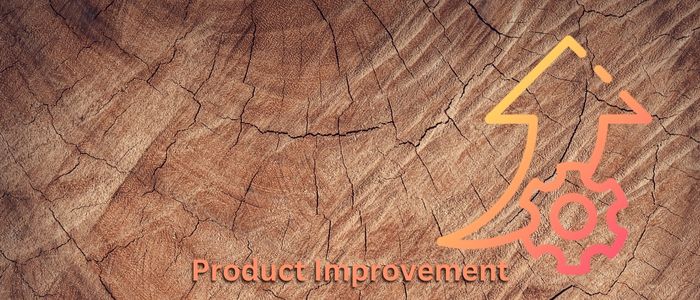
The appearance and strength of your product will also be better if it’s been properly dried first before being assembled into something else like furniture pieces – especially if using reclaimed lumber instead since those tend not only to look nicer but also hold up better over time due another reason why reusing old materials instead throwing away perfectly good ones like discarded scraps lying around everywhere else but nowhere near where we need them most right now!”
Studies on the Benefits of Kiln Drying Wood
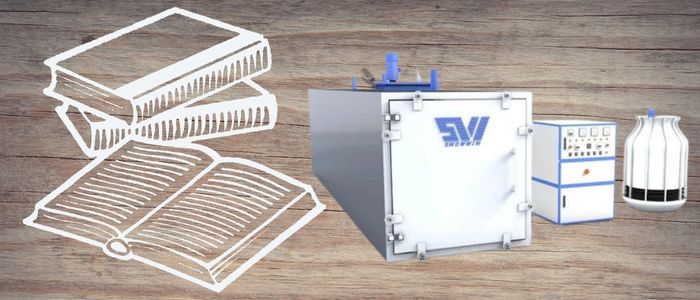
It’s a safer way to store your wooden items. Wood can warp and split over time, so if you have a lot of old wooden furniture or other items that need to be stored somewhere safe, then it might be a good idea to consider drying them in an oven instead of just throwing them away. Drying creates an artificial environment that prevents mold from growing on the wood, which will keep it from rotting or breaking apart completely.
Kiln drying reduces moisture content within the material by over 90%. This means that if you have some construction pieces made out of softwood (like pine) but also hardwood (like oak), they’ll be more stable after being dried because they’ve been soaked up all their water before being placed in a storage space where temperatures are higher than what they were exposed when fresh off trees.”
Wood drying main methods
Air drying is the process of letting a piece of wood sit in an open area where it can absorb moisture from the air. This method works well for pieces that have little color or density, like pine or fir.
Oven drying involves heating up an oven until its temperature reaches 140 degrees Fahrenheit, then placing your piece inside and leaving it there until you’re ready to remove it. This method works best with denser woods like oak and maple because they retain heat better than softwoods like pine or cedar.
Hot air drying uses heated air instead of direct sunlight to dry wood products such as flooring boards and furniture pieces that need extra durability after being exposed to moisture during transportation or storage before purchase (such as boats).
Open Wood Drying with Kiln Drying
Kiln drying is the process of removing moisture from the wood. It’s used to dry lumber and other materials, such as staves for barrels, that would otherwise rot. The process takes place in a controlled environment where there is a high temperature used to drive off water vapor (water).
Kilns can be made from brick or masonry walls with firebrick floors and metal doors on top. They come in three basic sizes: 1-1/2 cubic foot units costing between $350-400; 2 cubic foot units ranging from $450-$600; 3 cubic foot units costing between $650-$900
Future Kiln Drying Technology
The future of kiln drying technology is bright! New technologies are being developed that promise to make the process more efficient and cost-effective.
For example, there’s a new drying method called “high-pressure vacuum” that uses electrostatic charges to pull moisture out of wood without heating it up too much. It’s still in its experimental phase but has shown great potential for kiln-drying furniture at higher temperatures than traditional methods like air or water cooling can achieve.
Future Kiln Drying Technology will also help us make better use of our limited resources by allowing us to dry multiple pieces of wood at once instead of waiting until they’re all ready before starting again on another batch—which means less waste overall and less time spent doing nothing but waiting around (which we all know how much we hate doing).
Wood drying is a crucial step in the manufacturing process
Wood drying is a crucial step in the manufacturing process. It’s essential to the quality of your finished product, and it can be done well or poorly. Wood drying is an important part of the production cycle, so if you want your wood to dry properly and safely—and stay dry once it’s been dried—you’ll need to find a way that works for your business model and workflow.
How to Dry Wood in a Kiln Wood Drying Process
Kiln drying is a process that allows you to dry your wood in an indoor or outdoor kiln. The temperature of the kiln determines how long it will take for your wood to dry and make it ready for use. It’s important to note that the higher the temperature, the faster your wood will dry, so if you want it fast then use a warmer one.
Drying times depend on many factors including the type of wood used (species), moisture content, size/thickness of the piece, etc., but generally speaking, most pieces will take between 2-4 weeks depending on how much moisture was left behind when you first put them into storage after being cut down from its original height (i.e., if there were no cracks).
To successfully dry timber, you need good equipment, proper temperature, and time

Temperature: The most important factor in drying wood is controlling the temperature of the kiln. This can be done by using a thermometer to monitor and adjust your drying process. It’s also important to remember that different species of wood have different moisture content levels when they’re first broken down into pieces for processing into firewood or charcoal; therefore their respective drying times may vary depending on this initial moisture content level (which can be measured using an infrared spectrometer). For example, A cedar log with 60% moisture content will take longer than one with 20% because there’s more water left in it after being split into smaller pieces.
Time: Your goal should always be achieving as rapid as possible drying rate by having enough heat energy available at any given time during processing so that no additional moisture escapes through cracks caused by shrinkage pressure during the cooling down period following the heating up process itself (i.e., when air circulation begins inside a container where the product was placed before being sealed off).
Conclusion
If you are interested in learning more about how Kiln Drying can make your timber drying process more efficient, contact The HeBei Shouwei a kiln dying manufacturer company and help Wood Drying Company for a free consultation today.

